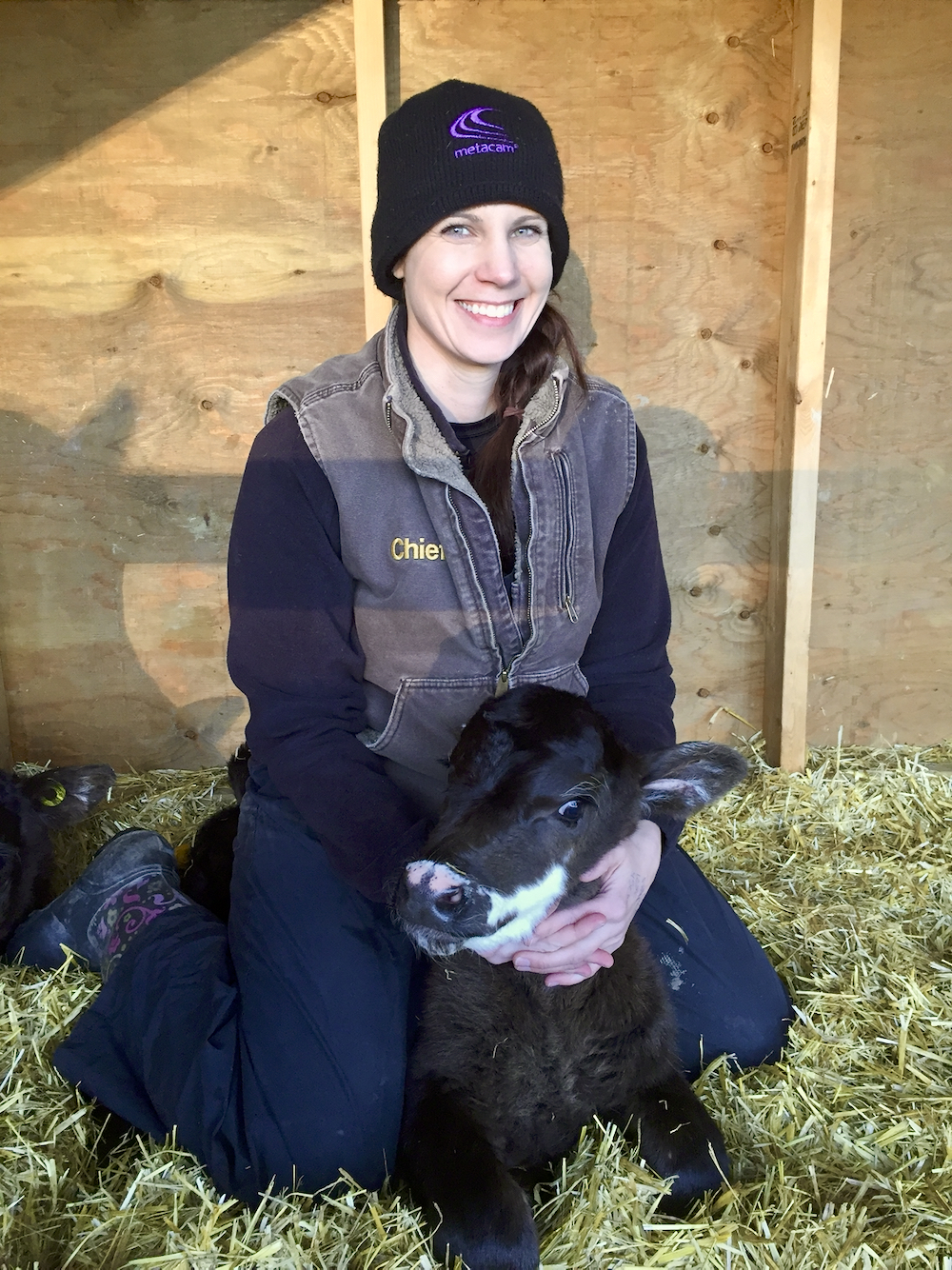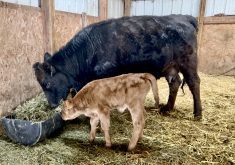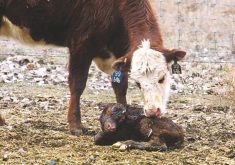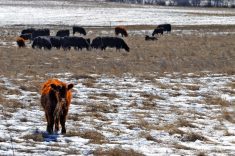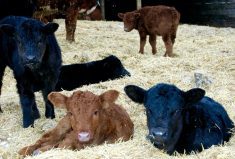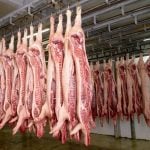There is a lot of information that can be collected during calving season. But what data is worth spending time recording? And why should we be collecting data to begin with?
A bare-bones record — such as how many cows and how many calves they had — doesn’t get you very far if you’re looking to improve management practices and monitor changes, said Dr. Jennifer Pearson, an assistant professor at the University of Calgary’s faculty of veterinary medicine.
“Without appropriate data and writing numbers down, it’s hard to answer (herd performance) questions,” she said.
Read Also

Canadian beekeepers call for regulatory accountability
Beekeepers say the Canadian Food Inspection Agency should restore U.S. packaged bee shipments, claiming the agency isn’t following evidence.
The top three records that producers are recording are date of birth, calf identification number, and calving ease score. Only 44 per cent of western Canadian producers collected birth weight and fewer than five per cent collected information such as calf sex, coat colour, dam udder score and temperament.
“If we don’t write information down, when we look at the numbers at the end of the season, they (the numbers) might be underestimating what is actually happening,” Pearson said. “They might be masking a problem we are having.”
And if you want to drive herd performance to the next level, you can’t just have vague goals, she said, adding she recommends a method called SMART (which stands for Specific, Measurable, Attainable, Realistic, Time based).
“When we want to make a goal to improve something we want to follow this ‘SMART’ protocol,” she said during a recent Beef Cattle Research Council webinar.
“It has to be specific. We can’t just say, ‘I want to improve calf health.’”
So, again, what data should producers be collecting and what should be done with it?
First, start collecting information prior to calving, beginning with preg checking.
“By recording which cows are pregnant or which are open, we can calculate an appropriate number and determine how we are sitting compared to our benchmark number,” Pearson said.
A producer can then assess if the number of cows and heifers bred is acceptable or if there’s an issue that needs more investigation.
During the calving season, keep track of the number of cows and heifers that have dystocia, that is, a difficult or prolonged birth.
“If we aren’t keeping track of which calves were assisted then we don’t know if we have an issue or not,” Pearson said.
Keeping track of treatment for disease of pre-weaned calves is particularly helpful, especially if a producer is dealing with scours or respiratory-type diseases. Also tracking pre-weaning mortality for both heifers and cows is beneficial (as is keeping records of the number of stillborn calves).
“Most calves, if they are going to die within that pre-weaning period, are going to die within the first day or two of life,” she said.
How you record data also matters, with most western Canadian producers relying on calving notebooks or paper records.
Mark Hoimyr started with a pocket-sized calving record book but it wasn’t long before he was using a spreadsheet.
“I liked the ability to manipulate some of the numbers and to summarize some of the things that were happening, so I migrated once again to a database,” said the rancher from Gladmar, Sask.
But transcribing numbers from the calving book, typically done in the evenings, was time consuming, and errors would occur now and then.
“It got to be a little more than I felt was worth it,” said Hoimyr. “We needed something simpler.”
So he started using a spreadsheet on his smartphone.
“We’ve been using it for 10 years now, and it’s evolved over time, but we really like it.”
The app he uses has a particular feature he likes — being able to hide unneeded columns (such as when calves are weaned) so it’s easy to see the document on the phone’s small screen. Not only does his spreadsheet show the view that he needs at the time, but he has set it up to be really quick to enter data in the field after the calf has been tagged: “About 30 to 45 seconds,” he said.
Hoimyr also pre-enters his cows into the spreadsheet prior to calving along with some pre-sets such as polled (as the majority of his herd is Angus based) and calving ease.
“We expect most of our calves to come without issue,” he said, adding he can easily override the pre-set if the birth is difficult or the calf has horns.
But it’s whatever works for you that matters, said Pearson.
“There’s nothing wrong with keeping paper records only,” she said. “It’s harder though to have immediate results when you are looking at paper records only.”
Using spreadsheets is easier than hand calculating numbers, and allows for more in-depth analysis. Pearson noted the Beef Cattle Research Council has numerous tools and calculators to help producers take their numbers and punch them in to see how they compare to a benchmark for their area or region.
For example, one called the ‘Cow-Calf Production Indicators Calculator’ only requires producers to enter 15 numbers (such as the conception rate, live calves born, death loss and weaning weight) and then instantly compares those key indicators to the corresponding benchmark for Western Canada. (This and other calculators can be found at www.beefresearch.ca — go to Resources and then Decision Making Tools. A recording of the webinar is also available by clicking on Resources and then Webinars.)
Next comes the most crucial step of all — actually using the data to drive change and improvement.
“Why take the time to write something down if you aren’t going to look at the numbers and use them?” Pearson asked.
For example, keeping track of birth weights helps not only track EPDs (expected progeny differences) for purebred cattle, it can also be used for calculating ADG (average daily gain), and it’s also useful at looking at neonatal death problems like dystocia.
Start small, and gradually add to it, said Pearson.
With data at your fingertips, you’ll also make better decisions, she added.
“Relying on our memory isn’t always the best, especially when we are trying to make management decisions.”


